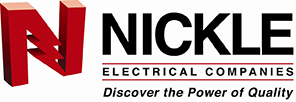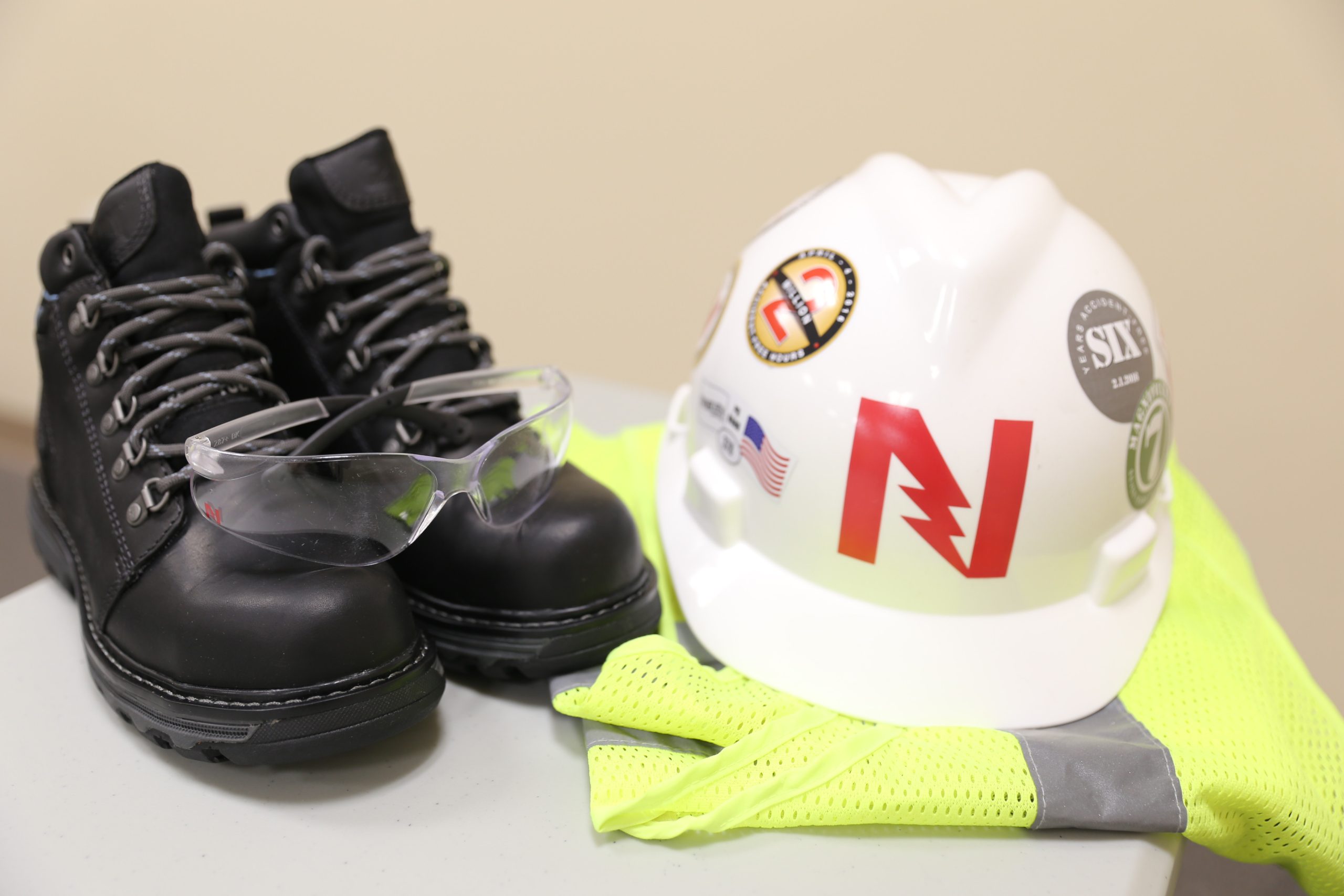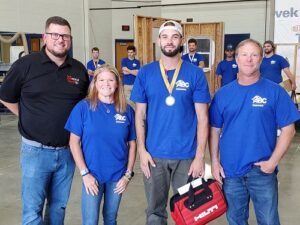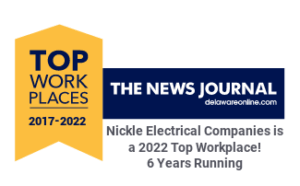 Construction sites pose a number of potential dangers and personal protective equipment is one way to protect yourself from these hazards. Every piece is designed to minimize the risk of getting injured and, depending on where you’re working, will determine what pieces are required. But PPE doesn’t protect you 100 percent. Vigilance and constant attentiveness to your surroundings is essential to staying safe. All PPE should fit properly and not cause discomfort or limited mobility. You should still be comfortable and able to perform the job accurately. You should also inspect each piece of PPE before you begin. Check for dents, tears, holes, or other damage before use. Be sure to assess all the hazards and risks on each job site every day before beginning as your environment can change on a daily basis.
Construction sites pose a number of potential dangers and personal protective equipment is one way to protect yourself from these hazards. Every piece is designed to minimize the risk of getting injured and, depending on where you’re working, will determine what pieces are required. But PPE doesn’t protect you 100 percent. Vigilance and constant attentiveness to your surroundings is essential to staying safe. All PPE should fit properly and not cause discomfort or limited mobility. You should still be comfortable and able to perform the job accurately. You should also inspect each piece of PPE before you begin. Check for dents, tears, holes, or other damage before use. Be sure to assess all the hazards and risks on each job site every day before beginning as your environment can change on a daily basis.
Head Protection
Hard hats are a must on construction sites. They will protect your head from falling materials or equipment, accidental electrical contact, or striking your head against a hard surface.
Hand Protection
Depending on the work you’re doing will determine what type of gloves will suit you best. There are gloves made of fabrics such as canvas, metal, rubber, or leather; special gloves for welding; insulated gloves; chemical-resistant gloves, and more. Disposable gloves should be changed often. Each are used for certain tasks and it’s essential to wear the correct type to protect your hands from burns, cuts, bruises, chemicals, or even accidental amputation.
Foot Protection
Invest in a pair of steel-toe boots. They’re sturdy and will protect your feet from becoming crushed beneath equipment or materials. They’re also resistant to punctures if you accidentally step on something sharp and have non-skid soles to prevent falling on slippery surfaces.
Face & Eye Protection
Safety glasses will protect your eyes from dust and debris when performing work like cutting, grinding, nailing, or anything else that may cause flying fragments. If you want event more protection, face shields will come in handy and they are sometimes required when performing certain tasks. In addition to simple glasses, there are also special goggles when dealing with other substances, such as chemicals.
Body Protection
Protecting your arms, torso, and legs is also important. Wear long-sleeved shirts and long pants. If you’re working outside, the weather will determine if you should be wearing lightweight clothing in the heat or a comfortable jacket in the cold. Loose clothing is a no-no, as it could become trapped in machinery or accidentally brush up against dangerous hazards.
Hearing Protection
Construction sites can get loud. Certain equipment reaches dangerous decibels that can damage your hearing if exposed for too long. Ear plugs, ear muffs, or hearing bands will do the trick.
Other
High-visibility clothing is helpful on busy job sites with a lot of moving part and is essential when working on roadways. There is also a wide range of equipment dedicated to fall protection when working up high. And to protection from airborne hazards, respiratory protection is key.
Remember, while employers must legally provide certain pieces of PPE, it is only effective when it’s being worn properly and that’s solely up to you!





